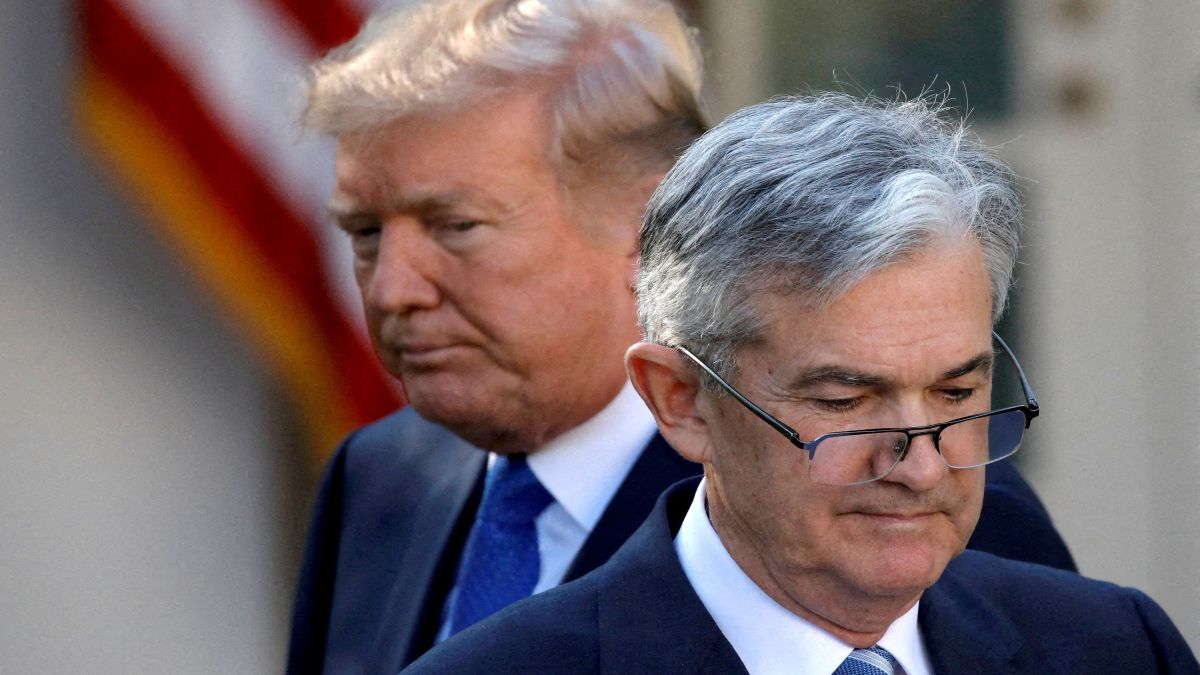On Wednesday, the US Federal Reserve reduced the interest rates for the first time since December, to support America’s crippling labour market. However, the move has left the American economy in more confusion, with its path forward looking murkier than ever.
The Fed cut its benchmark lending rate by a quarter point to a new range of 4 per cent to 4.25 per cent. What makes the move significant is the fact that this was the first rate cut since the start of US President Donald Trump’s second term in office .
However, at the presser, the Federal Reserve Chair Jerome Powell said that the country’s economic future remains up in the air due to the Trump administration’s major policy shifts. “It’s not incredibly obvious what to do,” he said.
Powell maintained that the Fed moved ahead with the “risk management cut,” as Powell characterised it, because central bankers can’t wait around forever for the effects of the Trump policies to become crystal clear. “We have to live life looking through the windshield rather than the rearview mirror,” Powell said.
The lack of unanimity
According to CNN, the Fed’s latest decision wasn’t unanimous: Fed Governor Stephen Miran, a Trump appointee sworn in right before the Fed’s meeting began on Tuesday, opposed backing a larger, half-point rate cut.
Apart from this, Fed officials have also pencilled an additional rate cut later in the year, compared to the two cuts in 2025 they estimated in June. That would mean the Fed could deliver another quarter-point cut at its October meeting, then another in December.
However, the apex authorities’ projections for unemployment and inflation this year were unchanged compared to their June estimates. At the Wednesday presser, Powell made it clear that the growing risks to the labour market were a key reason why the Fed finally lowered rates, even though there’s also a risk of Trump’s tariffs pushing up prices.
Impact Shorts
More ShortsThe Fed chief went on to characterise the American labour market as one of “low hiring and low firing.” He pointed to high unemployment among young people as a consequence of today’s low hiring environment. The Fed noted in its policy statement that “downside risks to employment have risen.”
“The concern is that if you start to see layoffs, there won’t be a lot of hiring going on,” he said. Powell’s remarks reflected that the American central bankers continue to remain in a tough spot, with both sides of their dual mandate — stable prices and maximum employment — under threat. In the end, it was the labour market’s future that was at the top of the body’s mind.
)